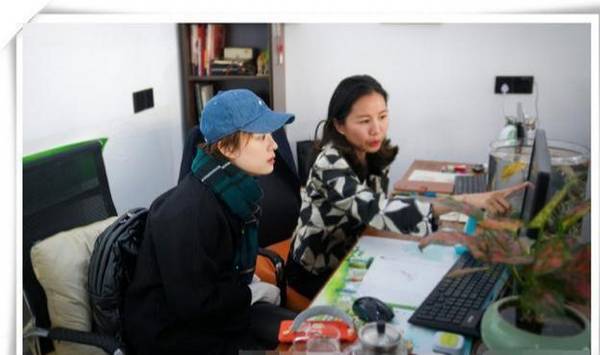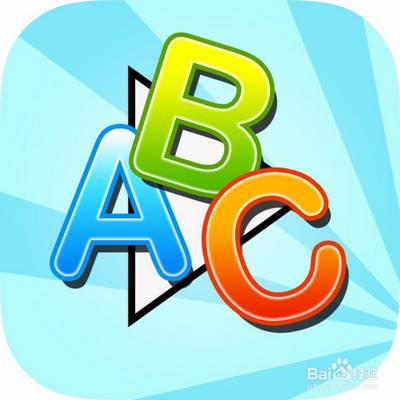(一)表示过去某一时间正在进行的动作
此时句中往往有表示过去的时间状语then,at that moment,at that time,at the time,this time yesterday等。有时没有时间状语,需要根据语境体会。
例句1:His main preoccupation at that time was

gettingenough to eat.
他那时盘算的是如何填饱肚子。
例句2:What wereyou doing this time last night ?
昨天晚上这个时候你在做什么?
例句3:He was boosting about how brave he was at the start,but copped out at the finish.
他起初夸耀自己勇敢,到头来却打了退堂鼓。
例句4:He was writinga book last year,but I don't know if he has finished it.
他去年在写一本书,我不知道他是否已经完成。
(二)用于描写故事情景,或提供故事发生的时间背景
例句1:She was sittingat the window,watching the evening invade the avenue.Suddenly she heard someone calling her from downstairs,and

she recognized the invoice.She stood up quickly.
她坐在窗前,看着暮色渐渐笼罩大街。突然她听到楼下有人叫她。她认出了这声音,迅速站了起来。
例句2:The fire was burningfiercely. Children were crying. Women were running about and men were trying to put it out.
大火在熊熊燃烧着。孩子在哭,妇女到处跑,男人们在尽力灭火。
(三)表示过去将要发生的动作
表示从过去某一时间看将要发生的动作,常表示过去“渐渐”、“快要”、“越来越”、“马上”等含义,常见的此类动词有come,go,start,begin,leave,arrive,get,become,turn等非持续性动词,偶尔有些持续性动词如do,stay,take等常表示过去“将要”。
例句1:The

audience was becomingrestless.
观众渐渐地不耐烦了。
例句2:Passions were runninghigh at the meeting.
会上群情鼎沸。
例句3:The sun was coming upas we left.
我们离开时,太阳正在升起。
(四)表示礼貌
有时过去进行时并不表示过去的时间,而表达现在的客气、礼貌或不确定。此类动词主要有hope,wonder,think,expect等。
例句1:I was wonderingif we could see her tomorrow.
不知我们明天能否见到她。
例句2:I was thinkingof going to see John when who should appear but John himself.
我正想去看约翰,想不到他竟然来了。
(五)表示某种情绪
过去进行时与always,forever,constantly等时间状语连用时,表示说话者过去对某一事情的厌烦、不耐烦、褒扬等特殊感情。
例句1:She was always ringing me up when I was on business.
我出差时她总是不停地给我打电话。(表示厌烦)
例句2:Jim was always complainingabout his busy work.
吉姆总不停地抱怨自己工作繁忙。(表示不厌烦)
例句3:She was always helping others when she lived here.
她住在这里时总乐于帮助别人。(表示褒扬)
注意!
过去进行时往往表示未完成,而一般过去时往往表示完成。
例句比较:
1. She studied in London last year.
去年她在伦敦学习。
2. She was studying in

London last year.I don't know if she has returned.
她去年在伦敦学习,我不知道她回来了没有。
以上就是“过去进行时的结构和用法”的内容,时态学习很重要,记得把八大时态都学习总结一下。
后面有更多英语专题内容分享给大家,感兴趣的朋友可以点击“关注”。
欢迎各位留言讨论,或者收藏,或者转发给身边的亲朋好友,大家一起学习、共同进步。
学好英语并不难,听说读写重复练!坚持就会有提高,加油!
